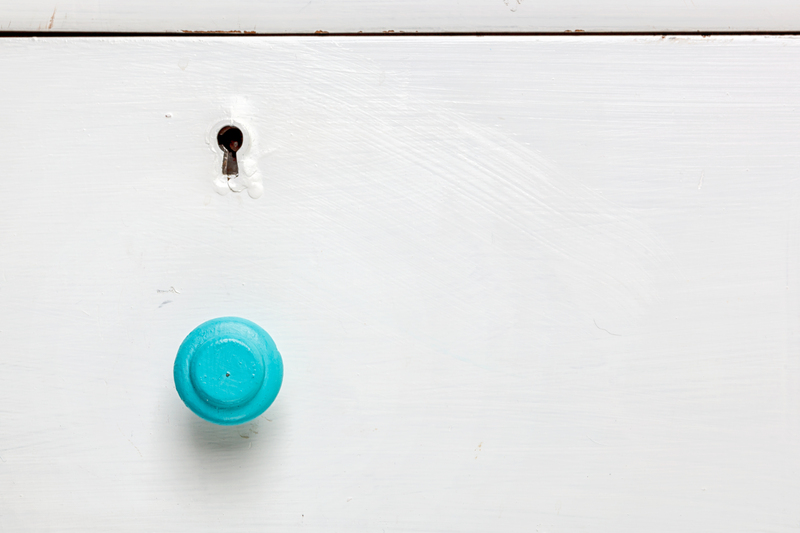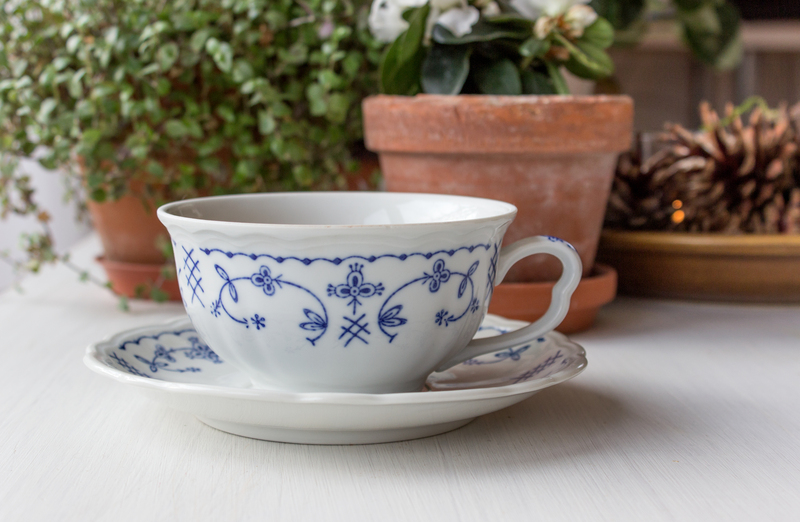How Local Facilities Handle Old Cookware: A Comprehensive Guide
Have you ever wondered what happens to those battered frying pans, chipped pots, or unwanted kitchen utensils once you say goodbye to them? Understanding how local facilities handle old cookware not only helps you make sustainable decisions but also supports your community's ecological efforts. In this detailed guide, we'll explore the journey of old cookware from your kitchen to its final destination, and give you actionable tips for environmentally conscious disposal.

Why Is Proper Disposal of Old Cookware Important?
Throwing your expired pots and pans in the trash may seem like the easiest route. However, such actions have significant environmental impacts. Most cookware is composed of non-biodegradable materials like stainless steel, aluminum, ceramic, or even Teflon-coated substances. Responsible disposal is key to reducing landfill waste, supporting recycling industries, and minimizing harmful emissions.
- Environmental Impact: Non-biodegradable cookware takes centuries to break down, leaking chemicals into soil and groundwater.
- Resource Utilization: Recycling old pots and pans conserves raw materials and energy used to make new products.
- Community Benefits: Donating usable cookware supports local charities and families in need.
Types of Old Cookware and Their Materials
Before discussing how local recycling centers deal with old cookware, it's vital to understand the materials involved. Cookware generally falls into these categories:
- Stainless Steel and Aluminum
- Cast Iron
- Copper
- Ceramic or Glass
- Nonstick (Teflon-Coated)
Each material requires a different handling process. For example, metal cookware can often be recycled, while nonstick or ceramic items might require special attention.
How Local Facilities Handle Old Pots, Pans, and Utensils
Drop-Off at Recycling Centers
Local recycling facilities are the primary hub for processing unwanted cookware. Here's how they handle your old frypans, saucepans, or baking dishes:
- Sorting: Facilities sort items based on material. Metals go to one area, while ceramics and glass are separated out.
- Inspection: Staff remove any non-recyclable parts, such as plastic handles or rubber grips, especially on pans and pots.
- Processing Metals: Cast iron, stainless steel, and aluminum are crushed, shredded, and melted down to be reused in manufacturing.
- Special Items: Nonstick pots and pans, or those with ceramic coatings, may not be accepted in standard bins due to chemical coatings.
*Always check with your local recycling facility for specific guidelines and accepted materials.*
Scrap Metal Yards
When discussing how local facilities handle used cookware, scrap metal yards are instrumental. Most metal cookware, even if rusty or worn, is welcome at these locations. Here's what you need to know:
- No Need to Be Pristine: Scrap yards accept items in any condition, as long as they're primarily metal.
- Sort by Metal Type: Separate aluminum from steel for easier processing and possibly better rates if paid by material.
- Remove Non-Metal Parts: Detach handles or lids made from glass or plastic, as these are processed separately.
Some scrap yards may even offer payment for certain types of metals, especially larger batches.
Curbside Collection Programs
Many municipalities have expanded their recycling efforts to include old kitchen cookware recycling through curbside pickup. Generally, these programs:
- Accept metal cookware, including pots and pans without plastic or rubber components
- May not accept nonstick or broken ceramic cookware due to hazardous coatings
- Require preparation, such as removing non-metal parts and cleaning food residues
*Always verify your area's curbside policies to avoid landfill diversion.*
Donations and Reuse Facilities
If your cookware is still usable, donation is the best form of recycling. Local thrift stores, shelters, and community kitchens often accept gently used pots and pans. Here's how these facilities support your cookware's second life:
- Donation Centers: Popular options include Goodwill, Salvation Army, Habitat for Humanity, and local food banks.
- Community Organizations: Churches, shelters, and charities frequently supply cookware to families getting back on their feet.
- Reuse Shops: Some areas have dedicated stores for repurposing household items, minimizing waste while serving the community.
Hazards and Challenges in Disposing of Old Cookware
Not all cookware is created equal when it comes to eco-friendly disposal. Facilities face several challenges:
- Nonstick Coatings: Teflon and similar coatings contain chemicals like PFOA, making them difficult or impossible to recycle traditionally.
- Mixed-Material Items: Pots or pans with attached plastic, wood, or rubber parts can rarely go through standard recycling unprocessed.
- Heavy Residue: Old baking dishes, especially with burnt-on food or grease, might contaminate recycling loads if not cleaned properly.
*It's important to prepare your old cookware before dropping them at recycling or donation facilities - remove as much non-recyclable material and residue as possible.*
Step-by-Step Guide: Preparing Cookware for Local Drop-Off
- Identify Material Type: Is it mostly metal (steel, aluminum, or copper), ceramic, or coated?
- Remove Non-Metal Elements: Detach handles, knobs, lids, and accessories not made of the primary material.
- Clean Thoroughly: Wash away food, grease, or burnt residue. Facilities prefer clean cookware for both donation and recycling.
- Call Ahead: Contact your local recycling center or scrap yard for current policies and hours.
- Sort and Deliver: Take your prepared items to the correct facility, whether that's a recycling site, a scrap metal dealer, or a charitable organization.
What Happens After Old Cookware Is Collected?
Recycling Process
What does your cookware become after you recycle it? Here's a behind-the-scenes look at the process:
- Shredding and Crushing: Large cookware gets broken down into smaller chunks or scrap pieces.
- Melting: Metal is melted in industrial furnaces, separating out impurities.
- Purification: For metals like aluminum and steel, additional steps purify the material for reuse.
- Production: The resulting metal becomes raw material for new products - anything from car parts to new kitchen utensils!
Recycling cookware helps lower the demand for newly mined metals, saving both energy and natural resources.
Donation Process
Charitable and reuse facilities put donated cookware through an evaluation phase. Usable items are cleaned, sometimes repaired, and then given to families or sold affordably to support community programs.
Creative Alternatives: Repurposing Old Cookware
Not all cooking vessels have to be thrown away! If your local options are limited, consider these creative and eco-friendly alternatives:
- Upcycling: Turn a battered saucepan into a quirky flowerpot or birdbath.
- Art Projects: Old pans make unique canvases for painting or sculpture foundations.
- Storage Solutions: Use large pots for tool storage, or as bins for gardening supplies.
Upcycling not only extends the life of your cookware but also brings a unique, personal touch to your home or garden.
What Not to Do With Old Cookware
- Do Not Place Ceramic or Glass Cookware in Standard Recycling Bins: These materials are often not accepted with regular curbside glass due to their heat resistance and unique melting points.
- Do Not Incinerate: Never burn old cookware, especially nonstick, as harmful chemicals could be released into the air.
- Do Not Dump: Illegally dumping pots and pans in vacant lots or water bodies harms wildlife and clutters your community.

Common Questions on Handling Old Cookware
Can You Put Old Pots and Pans in Your Recycling Bin?
Most curbside recycling programs don't accept large metal items, but local recycling centers and scrap yards often do. Always check first.
What About Cookware With Nonstick Coating?
Nonstick pan recycling is generally not accepted due to chemical coatings. Some specialty scrapyards might take them after the coating is removed.
Are Ceramic or Glass Dishes Recyclable?
Most glass and ceramics can't go in standard recycling bins but may be accepted at designated drop-off points. Otherwise, donate if in good condition or repurpose creatively.
How Should I Prepare My Cookware for Donation?
Clean thoroughly and ensure no broken parts. Only donate cookware that's safe and usable without sharp edges or heavy damage.
Conclusion: Responsible Cookware Disposal Supports Your Community
Understanding how local facilities handle old cookware empowers you to reduce waste, recycle more effectively, and support those in need. Whether you're dropping off pans at a recycling center, donating pots to a local shelter, or getting creative with upcycling, your actions contribute to a greener, cleaner world.
Always remember:
- Check with your local facility for current rules and accepted materials.
- Properly clean, separate, and prepare all cookware before disposing or donating.
- Consider reuse and creative alternatives before sending items for recycling or trash.
By disposing of old cookware responsibly, you're not just clearing space in your kitchen. You're helping your community--and the planet--thrive.